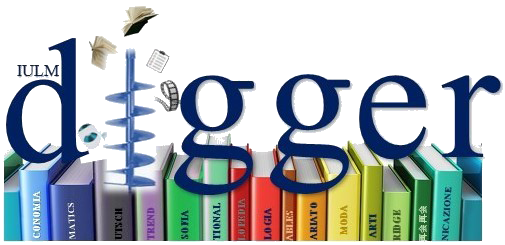This contribution aims to explore the relationship with the classical in Francesco Vezzoli’s oeuvre. It is a central theme for the contemporary artist, who, in his works and exhibitions (such as Palcoscenici Archeologici at Fondazione Brescia Musei, 2021, and Vita Dulcis at Palazzo delle Esposizioni in Rome, 2023), appropriates, reuses, remixes, and reactivates fragments, icons, and stories from antiquity, weaving alternative narratives to offer new perspectives on both the past and our present. In line with Salvatore Settis, who in his research has provided an interpretive model of the continuity of antiquity across the centuries, Vezzoli perceives the classical not as a uniform and completed corpus, but as a ‘mobile lexicon,’ sometimes imperfect, whose interpretation has been shaped by various influences over time. In his interventions, he moves effortlessly between different temporalities, combining them through the free use of multiple media: painting, sculpture, embroidery, photography, and cinema. Although situated within the realm of artistic gestures, Vezzoli’s ‘incursions’ into the classical echo the methods of reusing Greek and Roman sculptures in post-antique contexts, which have been scientifically analysed by Settis in his writings and in exhibitions such as Recycling Beauty (Fondazione Prada, Milan, 2022-23).
Il classico secondo Francesco Vezzoli tra Roma, il Louvre e Hollywood, 2024.
Il classico secondo Francesco Vezzoli tra Roma, il Louvre e Hollywood
de simone, anna luigia
2024-01-01
Abstract
This contribution aims to explore the relationship with the classical in Francesco Vezzoli’s oeuvre. It is a central theme for the contemporary artist, who, in his works and exhibitions (such as Palcoscenici Archeologici at Fondazione Brescia Musei, 2021, and Vita Dulcis at Palazzo delle Esposizioni in Rome, 2023), appropriates, reuses, remixes, and reactivates fragments, icons, and stories from antiquity, weaving alternative narratives to offer new perspectives on both the past and our present. In line with Salvatore Settis, who in his research has provided an interpretive model of the continuity of antiquity across the centuries, Vezzoli perceives the classical not as a uniform and completed corpus, but as a ‘mobile lexicon,’ sometimes imperfect, whose interpretation has been shaped by various influences over time. In his interventions, he moves effortlessly between different temporalities, combining them through the free use of multiple media: painting, sculpture, embroidery, photography, and cinema. Although situated within the realm of artistic gestures, Vezzoli’s ‘incursions’ into the classical echo the methods of reusing Greek and Roman sculptures in post-antique contexts, which have been scientifically analysed by Settis in his writings and in exhibitions such as Recycling Beauty (Fondazione Prada, Milan, 2022-23).| File | Dimensione | Formato | |
|---|---|---|---|
|
Fontes 2024 De Simone.pdf
Non accessibile
Dimensione
8.1 MB
Formato
Adobe PDF
|
8.1 MB | Adobe PDF | Visualizza/Apri Richiedi una copia |
I documenti in IRIS sono protetti da copyright e tutti i diritti sono riservati, salvo diversa indicazione.



